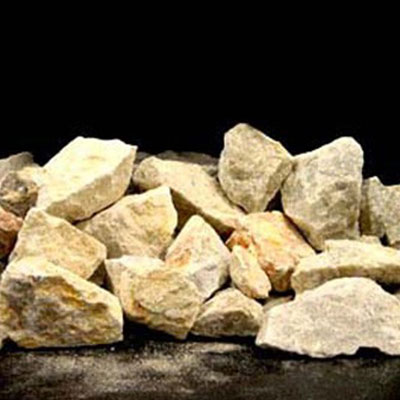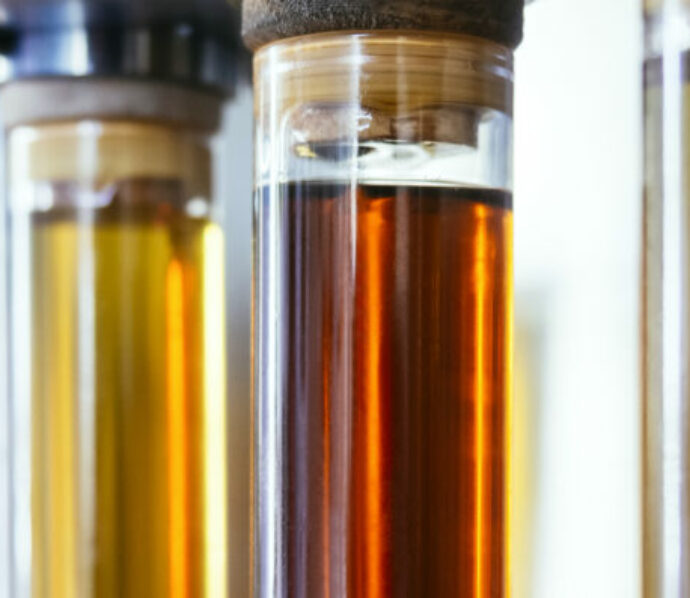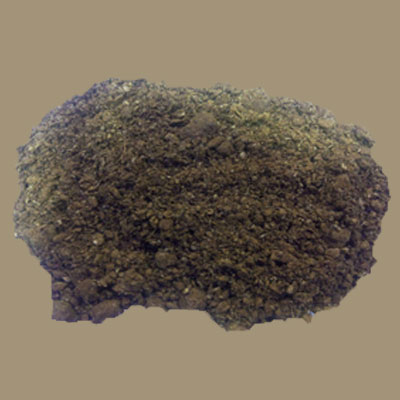Usage And Applications:
Pyrophyllite has several important industrial uses. Its use is very popular in porcelain, building materials, fire-resistant material, insecticide, textiles, detergents, and cosmetics. The use of phyrophyllite in ceramic and refractory is the most significant because of its intrinsic properties like chemical inertness, intense melting point and dielectric constant and low electrical conductivity. As it does not flux when heated, makes it very helpful in controlling shrinkage, and that is why its use is well-liked in tiles and refractory industries.
Pyrophyllite is well known to possess a good mechanical resistance and vitrification which makes its use feasible as fillers in plastics and rubber, wallboard, paint, adhesives, and roofing resins.












Reviews
There are no reviews yet.